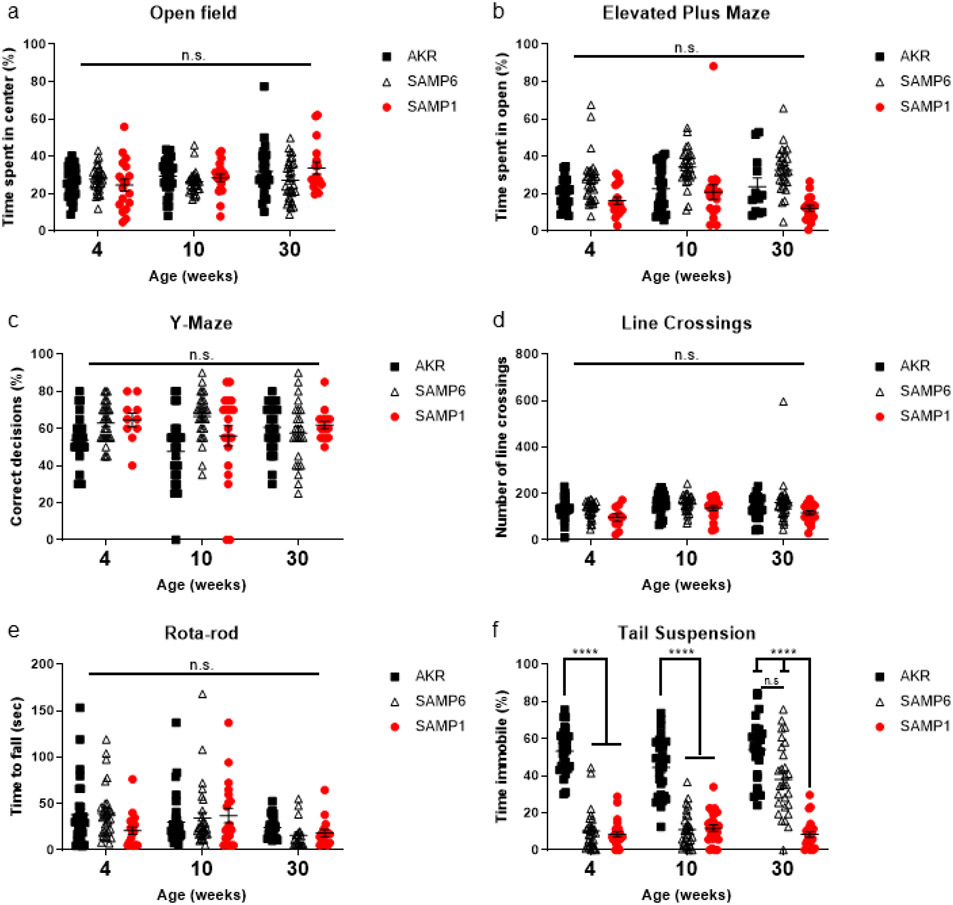Figure 1. SAMP6, but not SAMP1, develop depressive-like behavior at later time points without anxiety-like behavior, motor, or spatial memory deficits.
Anxiety-like behavior was measured using (a) open field and (b) elevated plus maze. (c) Short-term spatial memory was measured by novel arm exploration in Y-Maze. (d) Gross locomotor activity was measured using computer-defined line crossings during the open field test. (e) Motor coordination was assessed by measuring fall latency during rota-rod. (f) Depressive-like behavior was assessed by measuring immobility time during tail suspension. Each time point is representative of individual mice and behavioral assays were performed in a consistent order. Mice did not perform behavioral assays more than once. Data compared with two-way ANOVA (strain and age as independent variables). Symbols represent individual mice (n=30) from three technical replicates, bars indicate mean ± S.E.M. (n.s. p > 0.05, ****p < 0.0001).

